The Shilla Duty Free (Sucursal de Seúl) (신라면세점 (서울점))
2.3Km 2024-02-05
Dongho-ro 249, Jung-gu, Seúl.
Banyan Tree Club & Spa Seoul (반얀트리 클럽 앤 스파 서울)
2.3Km 2021-06-22
60, Jangchungdan-ro, Jung-gu, Seoul
+82-2-2250-8000
Banyan Tree Club & Spa Seoul is a membership club & hotel operated by Banyan Tree Hotel & Resort, Singapore’s top resort brand. The new urban resort is a place where visitors can enjoy quality spa services while taking in a panoramic view.
Located on Namsan Mountain in the center of Seoul, Banyan Tree Club & Spa Seoul consists of three buildings: the Club, the Hotel and the Festa. Facilities include an outdoor sports center and other luxurious amenities like an outdoor pool, 23 cabanas, a sauna, fitness center, driving range, tennis court, outdoor playing field, spa, and kids’ club. The hotel houses 34 suites with private relaxation pools, and 16 members-only club rooms. The two Presidential Suites located on the top floor offer a fantastic night view of Seoul and Namsan Mountain.
BLT STEAK (JW Marriott Dongdaemun Square Seoul)(비엘티스테이크(JW메리어트동대문스퀘어서울))
2.3Km 2021-03-18
279, Cheonggyecheon-ro, Jongno-gu, Seoul
+82-2-2276-3330
This Western cuisine is located near Dongdaemun Station, Seoul. The representative menu is steak. One of the top 3 steak restaurants in New York.
The Lounge (JW Marriott Dongdaemun Square Seoul)(더라운지(JW 메리어트 동대문스퀘어서울))
2.3Km 2021-03-18
279, Cheonggyecheon-ro, Jongno-gu, Seoul
+82-2-2276-3336
This Western cuisine is located near Dongdaemun Station, Seoul. Different menus are provided each season. The representative menu is dessert.
Centro de Arte ARKO (아르코미술관)
2.3Km 2023-08-07
Dongsung-gil 3, Jongno-gu, Seúl.
Festival de Primavera del DDP: Parque Temático del Diseño (DDP 봄축제 : 디자인 테마파크)
2.3Km 2025-04-16
Eulji-ro 281, Jung-gu, Seúl
02-2088-4957
Seoureseo Duljjaero Jalhaneunjip (The Second Best in Seoul) (서울서둘째로잘하는집)
2.3Km 2021-04-06
122-1, Samcheong-ro, Jongno-gu, Seoul
+82-2-734-5302
The delicious, sweet, red-bean soup called “Danpatjuk” in Korean and served at “The Second Best in Seoul” has been an all-time favorite since it opened in 1976. Not only the exterior, but the interior as well, is very simple and modest, similar to a teahouse in the '70s. This does not keep people from coming back because the unforgettable taste of the sweet red-bean soup makes them return again and again.
“The Second Best in Seoul” was originally opened as a teahouse for traditional Korean medicinal tea; sweet red-bean soup being one of the main specialties on their menu list. But, nowadays, sweet red-bean soup has become the most popular menu item. Sweet red-bean soup can be enjoyed as a light meal because it fills you up quickly. In addition, the chestnuts, gingko nuts, red beans, and glutinous rice cake that are in the thick red-bean soup provide good nutrition.
TIP: The name is very special, right? “The Second Best in Seoul” was named by their modest mind of making food with utmost sincerity.
Puerta Gwanghuimun (광희문)
2.3Km 2021-02-24
Toegye-ro 344, Jung-gu, Seúl
+82-2-3700-3900
La puerta Gwanghuimun fue construida en el año 1396, durante el 5º año del rey Taejo, en el sureste de la capital (Seúl). Se suele conocer también como puerta Sugumun (puerta del canal de agua) y fue usada como Sigumun, que literalmente significa 'puerta del cadáver', ya que las procesiones funerales pasaban por esta puerta cuando salían por el este.
Durante la Guerra Imjin (invasión japonesa de 1592 a 1598), las puertas de la fortaleza fueron destruidas a tal grado que fue practicamente imposible encontrar el lugar original de su localización. Sin embargo, los esfuerzos de reconstrucción se iniciaron en 1711 (37º año del reinado de Sukjong) y la puerta del canal de agua fue restaurada con forma de torre. Desde ese momento, la puerta quedó intacta, incluso cuando los muros de la fortaleza fueron derrumbados para construir caminos durante la ocupación japonesa, pero la Guerra de Corea la dejó con graves daños y quedó abandonada. En 1975, empezaron los trabajos de reconstrucción para recolocar la puerta Gwanghuimun a 15 metros más al sur de su localización original, que se encontraba en medio de la carretera.
Daehangno (대학로)
2.3Km 2021-04-09
Daehak-ro 104, Jongno-gu, Seúl.
+82-2-2148-1114
La zona de Daehangno, también escrita como Daehak-ro y Daehakro, es conocida como la calle de la juventud universitaria, ya que allí se ubicaba originalmente la Universidad Nacional de Seúl. Desde los años 80, muchos teatros comenzaron a trasladarse a Daehangno, y este lugar comenzó a desarrollarse como un centro cultural. Pronto se abrieron también cafés con música en vivo, salas de cine, cafés comunes y pubs, y la zona creció para convertirse en todo un distrito de entretenimiento. Su popularidad se mantiene aún por los famosos teatros pequeños tales como el Teatro Parangsae (Pájaro Azul) y Teatro Hakjeong, y unos 30 teatros adicionales, que contribuyen a que Daehangno continúe siendo un espacio neurálgico del arte en Corea.
En el centro de Daehangno está el Parque Marronnier, donde se realizan conciertos musicales en vivo o funciones de danza, interpretados por gente joven. Otra razón por la que se ha vuelto tan popular entre los jóvenes es la variedad de sitios interesantes y restaurantes que se pueden hallar aquí, facilitando lugares para reunirse antes o después de las obras teatrales o conciertos.
Himesiya (히메시야)
2.3Km 2021-03-18
40, Changgyeonggung-ro, 26-gil, Jongno-gu, Seoul
+82-70-4187-4569
This is a Japanese cuisine located in Changgyeonggung Palace, Seoul. This restaurant specializes in Japanese rice bowls with toppings. The best menu at this restaurant is katsudon.

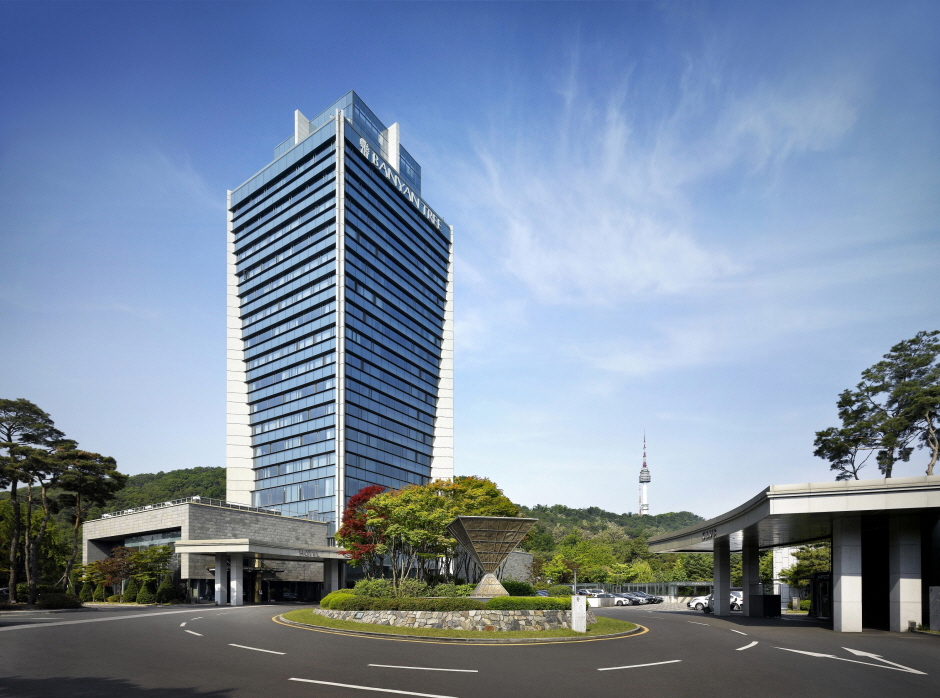
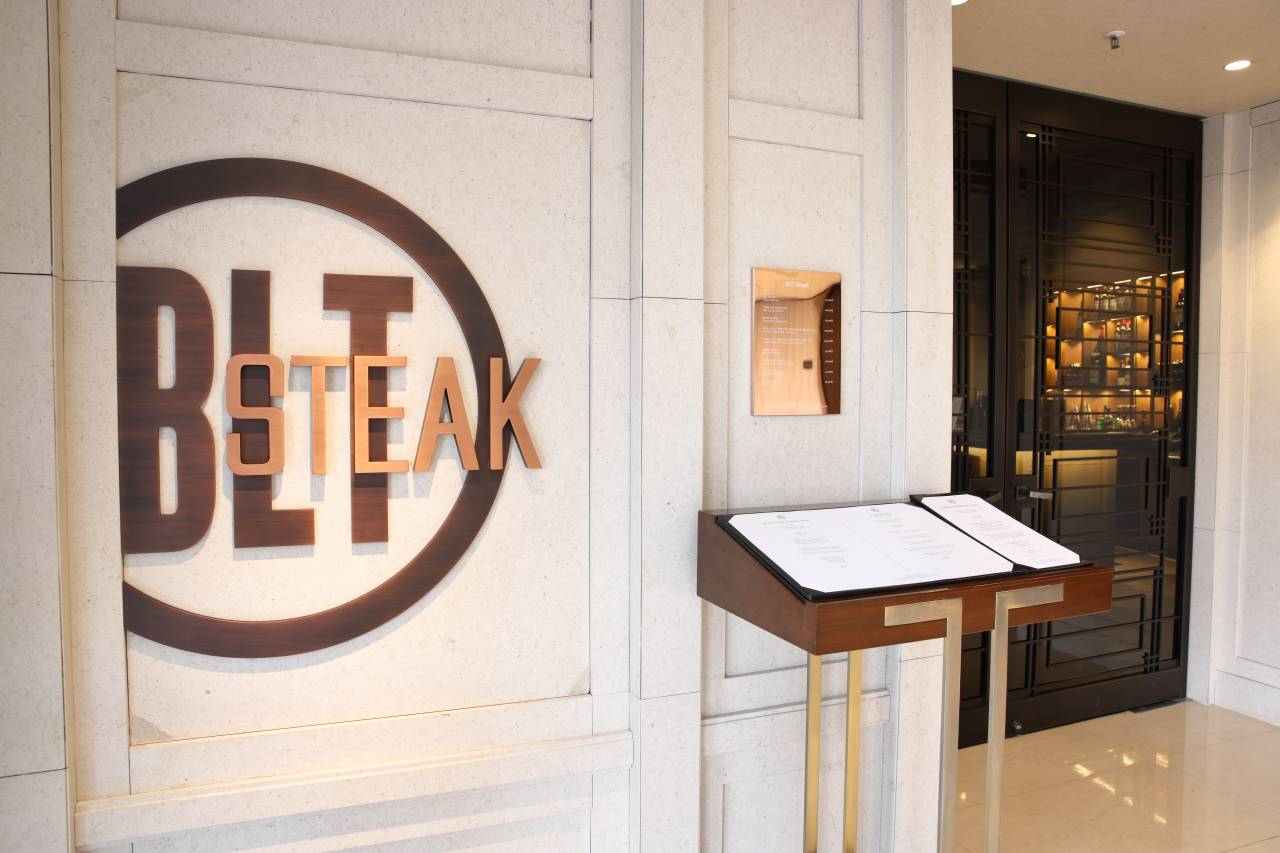
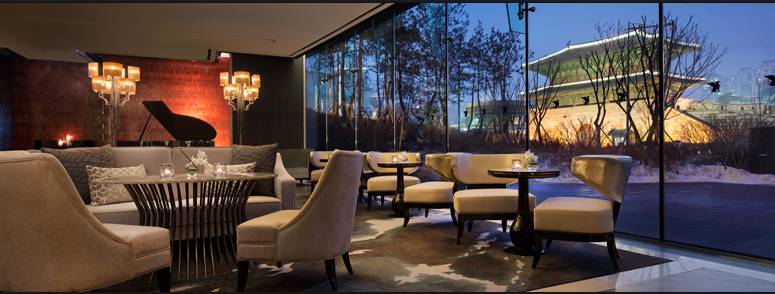
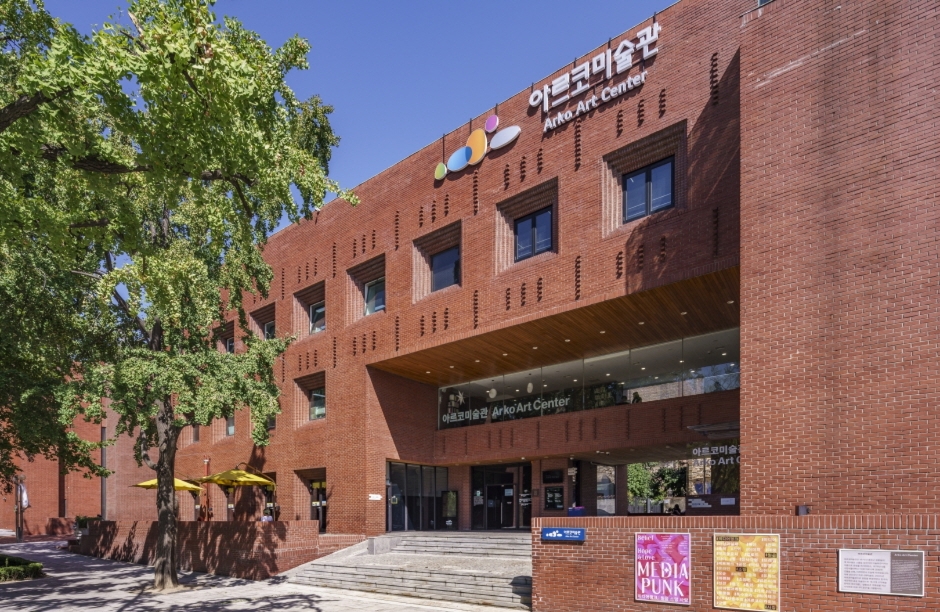
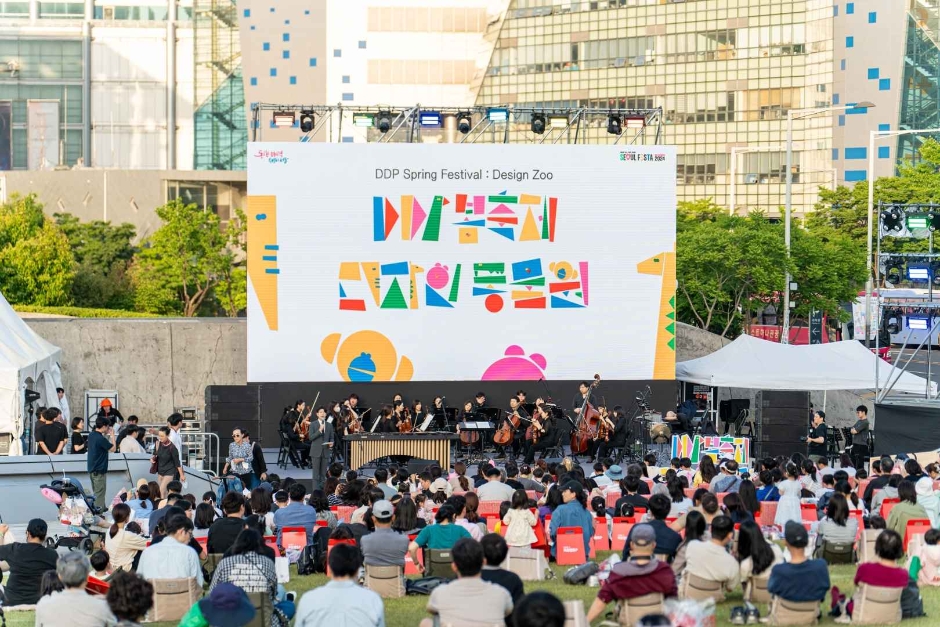
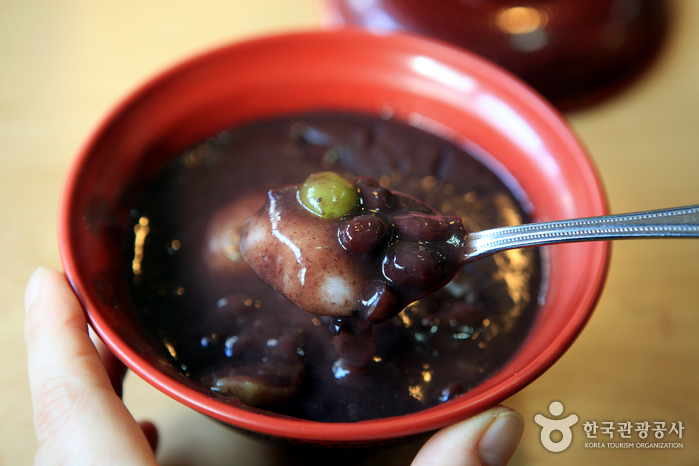
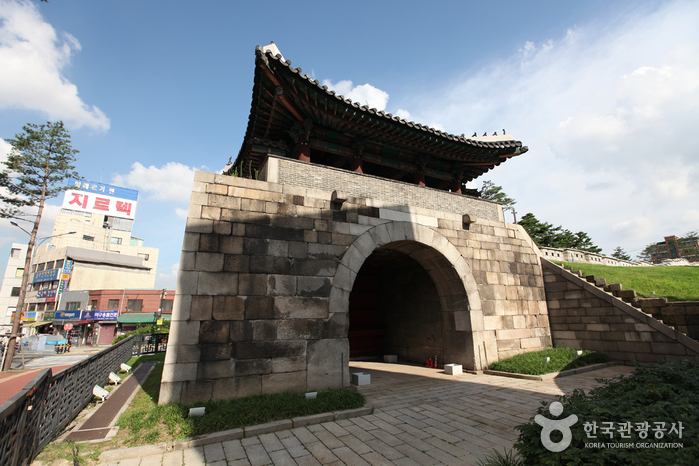
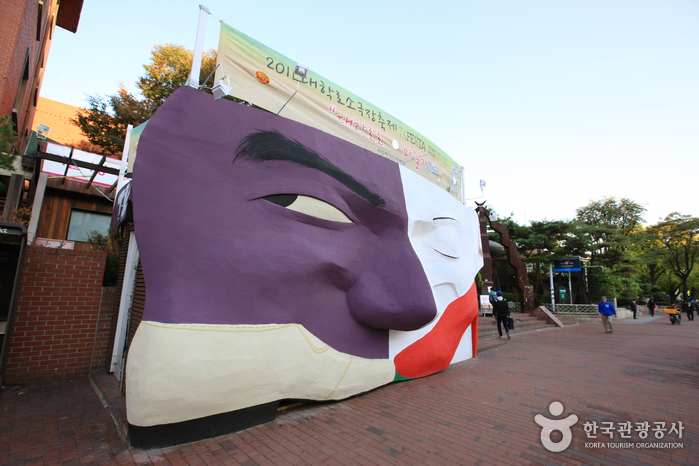
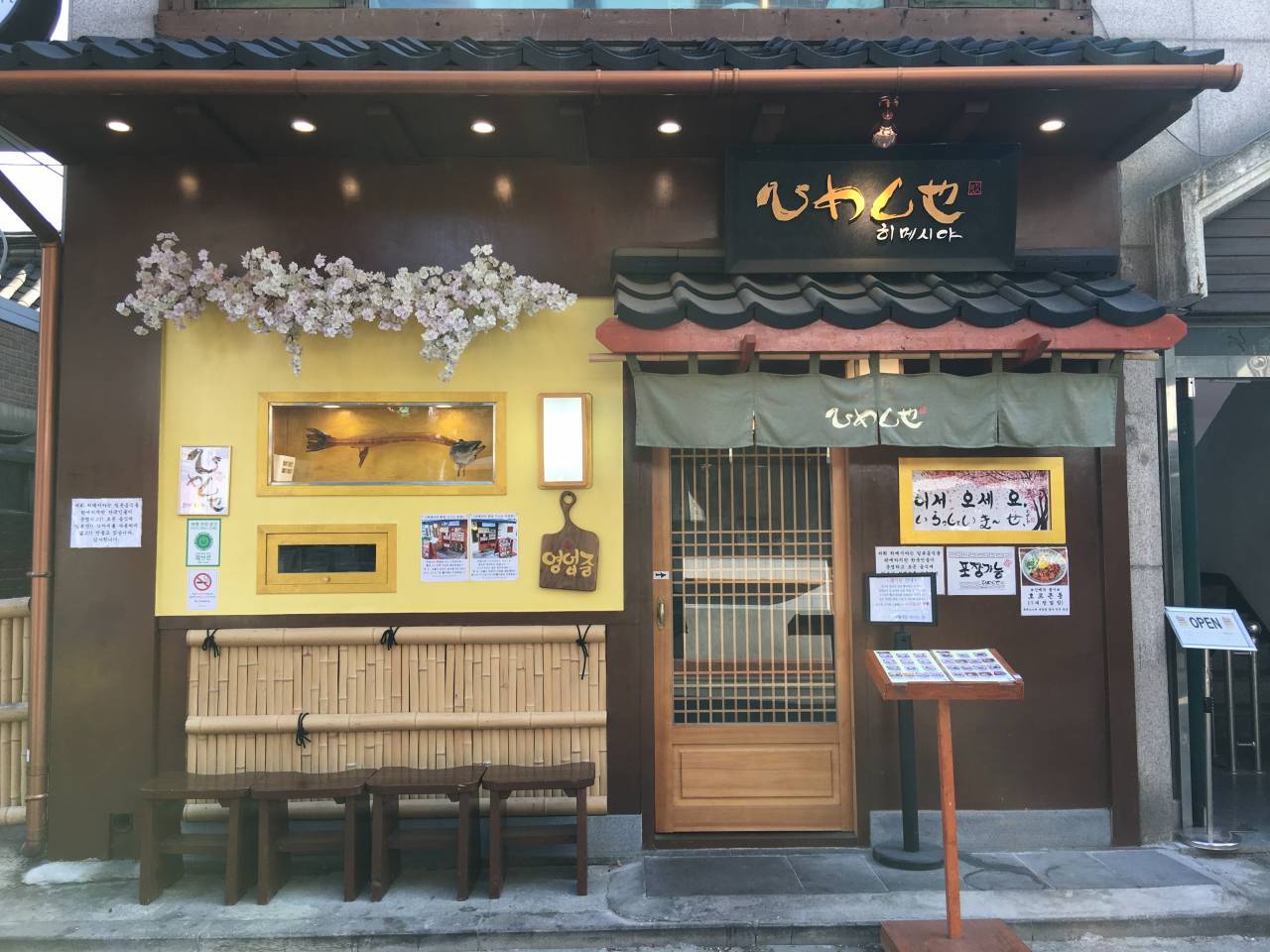
 Español
Español
 한국어
한국어 English
English 日本語
日本語 中文(简体)
中文(简体) Deutsch
Deutsch Français
Français Русский
Русский